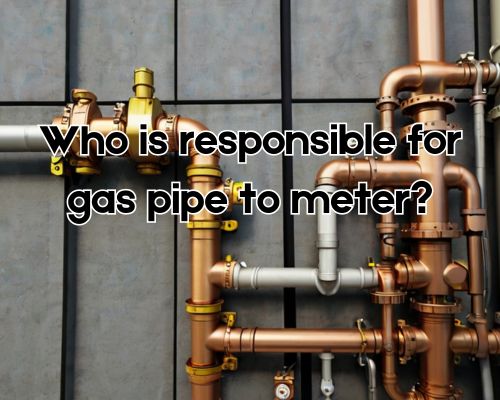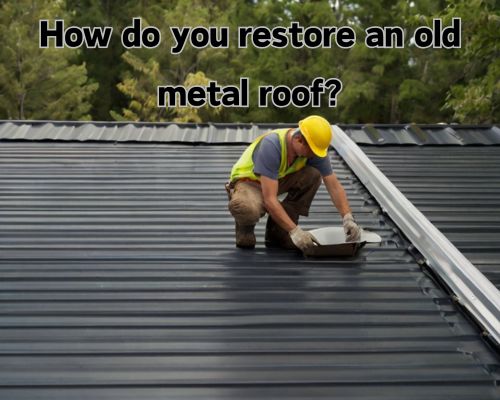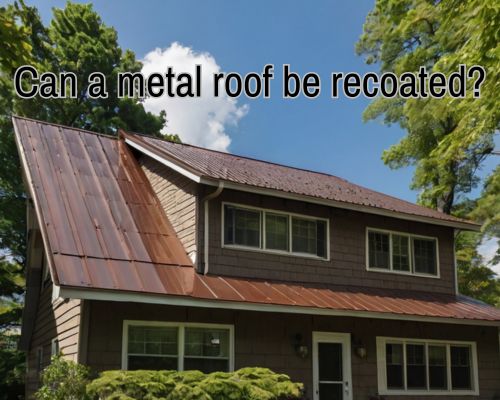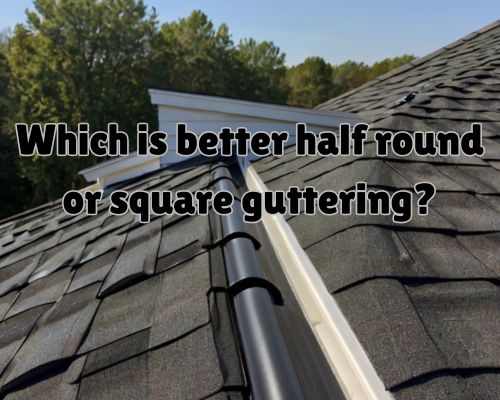Gutters are an often-overlooked part of home maintenance, but they play a vital role in protecting homes from water damage. A common question among Melbourne homeowners is: “Do all gutters need cleaning?” The short answer is yes, all gutters require regular cleaning, regardless of the property type or gutter system. Let’s explore why this is essential and what Melbourne residents need to know about maintaining their gutters efficiently.

Why Gutter Cleaning Matters
Gutters serve as a critical part of a home’s drainage system, directing rainwater away from the roof and foundation. Without regular cleaning, they can clog with leaves, debris, dirt, and even pests. In Melbourne’s unique climate, where heavy rainfall can occur alongside seasonal leaf shedding, clean gutters are non-negotiable.
Key Reasons Why Gutter Cleaning is Necessary:
- Prevent Water Damage: Blocked gutters can cause water to overflow, damaging walls, ceilings, and foundations.
- Avoid Roof Damage: Excessive water pooling due to clogged gutters may weaken roofing materials, leading to leaks.
- Fire Prevention: Melbourne homeowners, especially those near bushland, must keep gutters clear of dry leaves to mitigate fire risks during Australia’s bushfire season.
- Pest Control: Stagnant water and debris can attract pests like mosquitoes, rodents, and even snakes.
- Maintain Structural Integrity: Gutters full of debris can sag, crack, or pull away from the home, resulting in expensive repairs.
For cleaning and other maintenance works, see https://gutter-cleaning-melbourne.com.au/.
Do All Types of Gutters Require Cleaning?
While it might be tempting to believe some gutter systems are “maintenance-free,” the reality is that all gutters, regardless of material or design, need cleaning at some point. Here’s a closer look at popular gutter types in Melbourne:
1. Standard Gutters (Aluminium or Steel)
These are the most common gutters used in Melbourne homes. They are durable but prone to clogging if not maintained.
2. Seamless Gutters
Although seamless gutters have fewer joints (reducing leaks), they can still accumulate debris over time. Routine maintenance ensures optimal performance.
3. Box Gutters
Box gutters are widely seen in both modern and heritage buildings in Melbourne. Because they are built into the structure, any blockage can cause severe internal water damage. Regular inspection and cleaning are crucial.
4. Gutter Guards
Some homeowners install gutter guards to minimize debris buildup. While helpful, they don’t completely eliminate the need for cleaning. Small particles, such as dirt and dust, can still accumulate, requiring periodic checks.
How Often Should Gutters Be Cleaned in Melbourne?
Melbourne’s climate directly influences how often gutters need cleaning. Factors such as tree density, rainfall patterns, and seasonal changes should all be considered.
Recommended Gutter Cleaning Schedule:
- Twice Annually: At a minimum, homeowners should clean gutters in early spring and late autumn to prepare for seasonal rain and leaf shedding.
- Quarterly: Homes located near trees, such as gum trees or eucalyptus (common in Melbourne suburbs like Ringwood, Templestowe, and Ivanhoe), benefit from more frequent cleaning.
Neglecting this maintenance can lead to costly damage, particularly during Melbourne’s unpredictable downpours or bushfire season.
Signs Your Gutters Need Cleaning
It’s easy to overlook gutters until a problem arises, but early detection can save homeowners both time and money. Look for these warning signs:
- Overflowing Water: Water spilling over during rain signals clogged gutters.
- Plant Growth: Grass or weeds sprouting from gutters means debris has accumulated.
- Sagging Gutters: Heavy debris can weigh down gutters, causing them to pull away from the fascia.
- Stains on Walls or Ceilings: Water seeping into the home often indicates gutter blockages.
- Pest Activity: Increased presence of mosquitoes, ants, or birds can point to stagnant water in gutters.
The Importance of Professional Gutter Cleaning in Melbourne
While DIY gutter cleaning might seem cost-effective, it comes with risks. Climbing ladders and working at heights can be dangerous without proper equipment or experience. Professional gutter cleaning services in Melbourne offer several advantages:
- Safety: Trained experts handle the task safely, eliminating risks.
- Efficiency: Professionals use specialized tools to clear debris quickly and thoroughly.
- Damage Prevention: Early identification of minor issues (e.g., leaks, rust) can prevent costly repairs.
Local services, such as https://gutter-cleaning-melbourne.com.au/, specialize in addressing Melbourne’s climate-specific challenges. Homeowners can schedule routine cleanings with trusted professionals to ensure their property remains protected year-round.
Preventative Measures to Keep Gutters Clean
While regular cleaning is essential, there are preventative steps Melbourne homeowners can take to reduce debris buildup:
- Install Gutter Guards: These screens reduce the accumulation of leaves and larger debris.
- Trim Overhanging Trees: Regularly cut back branches near the roof to limit leaf fall.
- Inspect After Storms: Melbourne’s occasional heavy rains can dislodge debris and clog gutters.
- Schedule Regular Inspections: Professional assessments help catch problems early.
Conclusion: Do All Gutters Need Cleaning? Absolutely!
Regardless of your property’s size, age, or type of gutters, regular cleaning is crucial to protect your home from water damage, pests, and costly repairs. Melbourne’s climate, combined with its iconic gum trees and seasonal storms, makes gutter maintenance especially important for homeowners.
To ensure your gutters are functioning properly year-round, consider hiring a professional service. Routine maintenance not only prolongs the life of your gutters but also safeguards your home’s overall value and structure.
So, next time you wonder, “Do all gutters need cleaning?” the answer remains clear: yes, they do, and Melbourne residents should prioritize this essential task. Your home—and your peace of mind—will thank you.
Need Gutter Cleaning in Melbourne?
If you’re located in suburbs like Toorak, Eltham, or Glen Waverley, reach out to trusted local professionals for a thorough, hassle-free gutter cleaning service. Protect your property and prepare for Melbourne’s changing seasons today!








